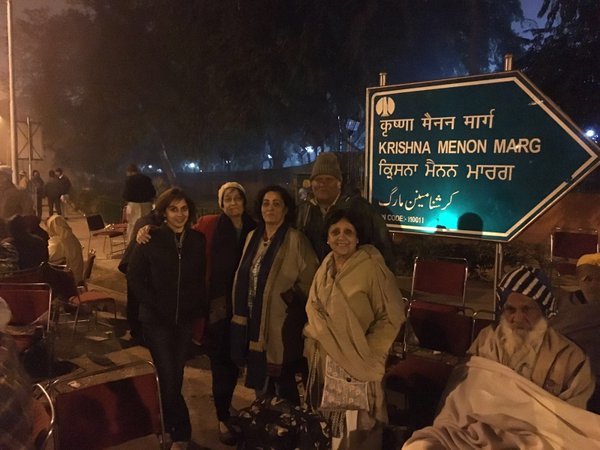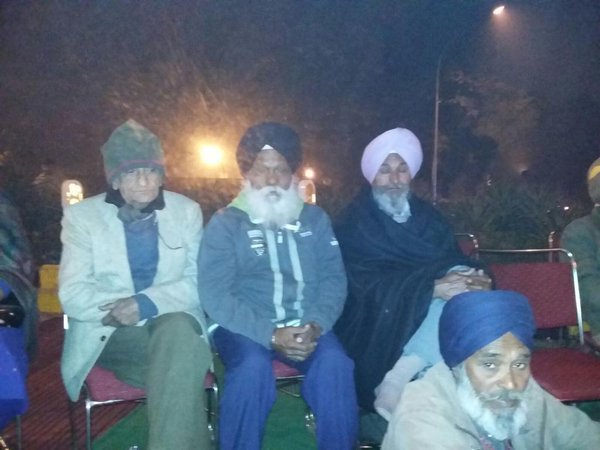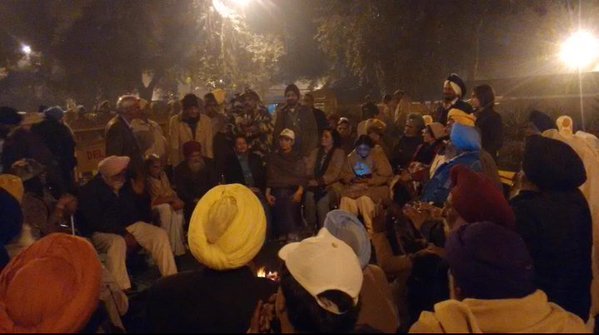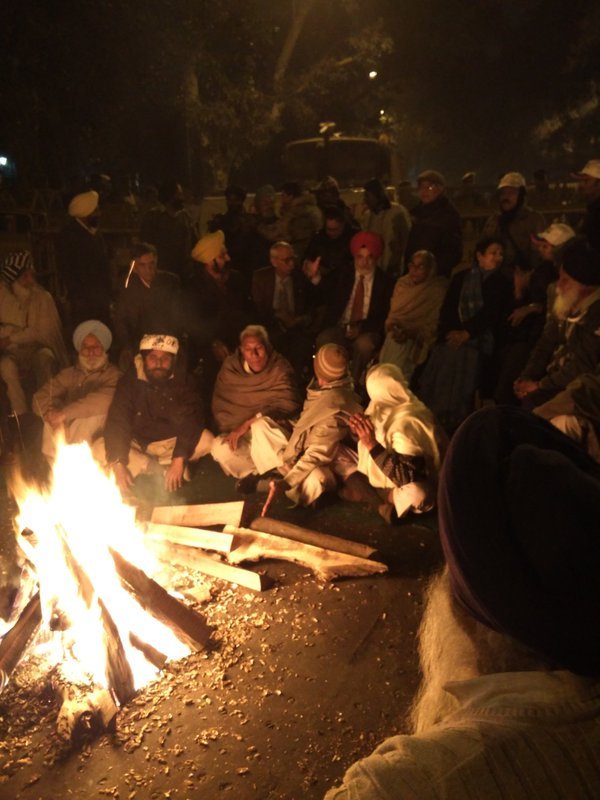On Sunday night, a group of war veterans and widows assembled outside Arun Jaitley’s Krishna Menon Marg residence. It was 8 degrees and a dense fog was settling in, but a big fire and pent up anger from a 217-day-long protest kept them protest going.
After much push and shove, the government notified One Rank One Pension on 5 November 2015. But a section of protesters have continued their fight against the government’s very definition of One Rank One Pension.
1. One Rank, Five Pensions
That’s how the protesters ridicule the government’s decision to review, equalise and refix pensions every five years. Veterans want this process to be done every two years, if not one. But the government continues to stick to its guns, citing administrative hassles.
2. Year of Implementation
As for settling the backlog, the government notification states that new pensions will be fixed on the basis of the pension of the veterans who retired in the calendar year 2013. The protesters want dues to be paid on the basis of the financial year 2014.
3. The Formula
The government has proposed to calculate the pension by calculating the average of the highest and the lowest pension paid in one particular rank. Those above the average will continue to be protected, but this, according to the protesting veterans, undermines the very definition of ‘One Rank One Pension’. They want the highest scale of pension (as of 2013) to be the base for calculating pensions.
Watch: What’s The Fuss Around One Rank One Pension?
Prime Minister Narendra Modi’s Mathura rally was deeply disappointing for ex-servicemen. It was widely speculated that he would announce the implementation of One Rank One Pension (OROP) to mark his government’s one year in office.
Here’s a simple explanation for why we must do right by our soldiers and implement One Rank One Pension.
Prime Minister Narendra Modi’s Mathura rally was deeply disappointing for ex-servicemen. It was widely speculated that he would announce the implementation of One Rank One Pension (OROP) to mark his government’s one year in office.
Here’s a simple explanation for why we must do right by our soldiers and implement One Rank One Pension.
Modi Breaks His Silence
Sensing the growing disenchantment, the Prime Minister on Sunday reaffirmed his commitment to implementing what was originally an election promise.
The Fine Print
But Defence Minister Manohar Parrikar spelt out the fine print. He refused to set a timeframe for sanctioning the policy which will initially cost the exchequer Rs 7,500-10,000 crore. He did, however, say that the promises made by the BJP during the campaign for the 2014 general election were for five years, not one year and that “OROP is a part of our promise, but, sacrifices cannot be measured in terms of rupees”.
Why the Fuss Now?
Everybody is once again talking about One Rank One Pension after two war veterans — Wing Commander Suresh Damodar Karnik and Wing Commader KV Bopardikar — boycotted a gallantry award function that was to be attended by Parrikar. The boycott was in protest against the inordinate delay in bringing justice to those Armymen who retired before 1996.
The Politics of OROP
Congress Vice-President Rahul Gandhi has been critical of the Modi government’s delay in sanctioning the money required for implementing One Rank One Pension. UPA’s Defence Minister AK Antony meanwhile locked horns with Finance Minister Arun Jaitley today amidst reports that the OROP file was being shunted between his and Parrikar’s office.
But the fact is that UPA failed to implement OROP despite a Supreme Court directive six years ago. The NDA is under the same judicial axe and has even been threatened with contempt proceedings if it fails to implement the long standing demand.
Ex-servicemen are growing impatient with Modi and rightly so. They have planned a “Maha-Rally” on June 14.




